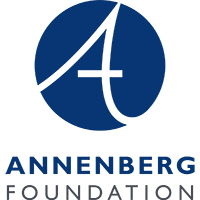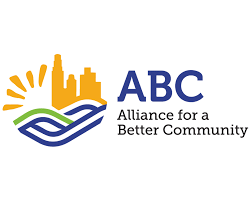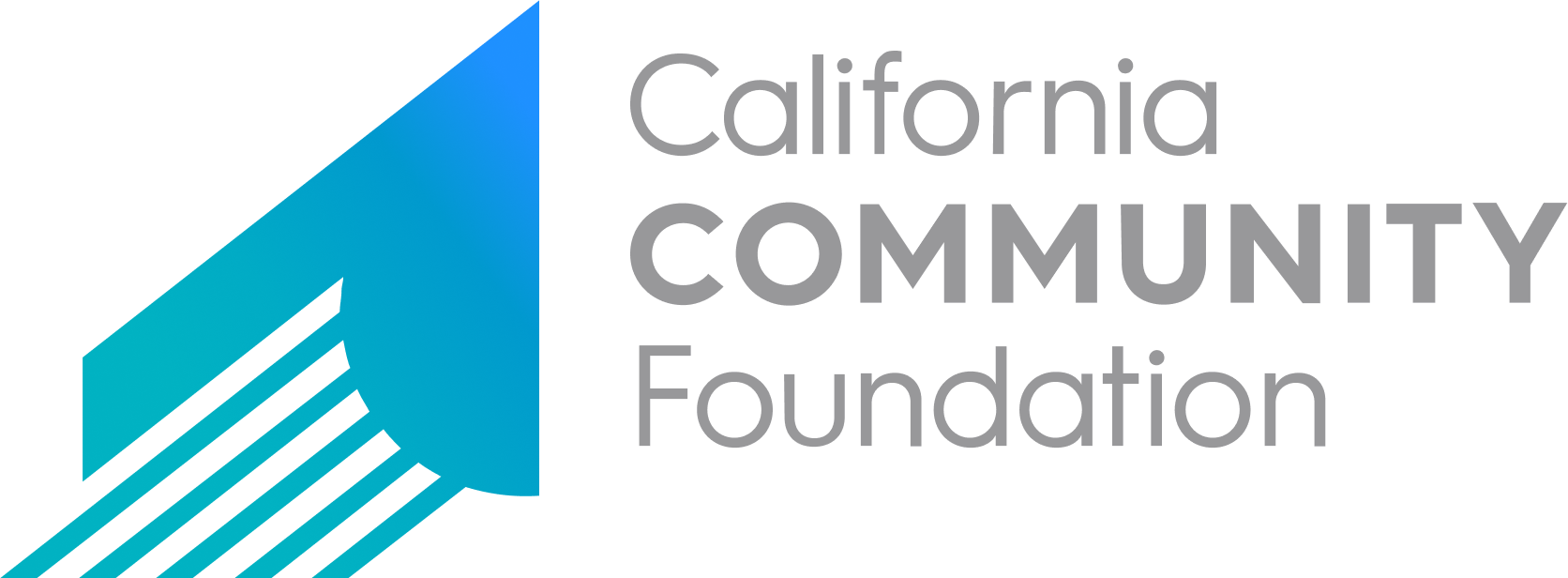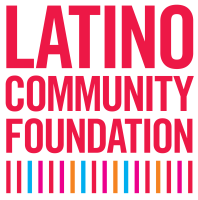Through the Smokescreen: Philanthropy’s Role in Response and Recovery for the January 2025 Firestorm & Wildfires
How Philanthropy is Leading the Way and the Long Road Ahead.

It was the perfect storm.
On January 5, 2025, barely a week after the new year began, the National Weather Service issued a Fire Weather Watch across Southern California. The watch was soon upgraded to a Red Flag Warning, signaling imminent extreme fire weather conditions.
Starting on January 7, a series of devastating wildfires ignited and swept through Southern California, prompting swift action from state and federal authorities. Residents evacuated, vehicles were abandoned along roads, and wildfire smoke plumes rose in the sky. Sustained winds between 20-30mph and gusts reaching 40-60 mph in certain locations carried embers and ash, enabling the fires to spread even further. Isolated gusts between 80-100 mph were recorded, particularly in canyon areas and along ridges, the strongest recorded Santa Ana (north) winds in southern California since 2011.
Governor Newsom and government officials issued multiple emergency declarations as the fires intensified, allowing for the rapid deployment of resources to protect lives, property, and critical infrastructure. These declarations were followed by a major presidential disaster declaration signed by President Biden within days of the fires’ peak intensity. This designation unlocked essential funding and support for affected communities, underscoring the severity of the crisis and the collaborative response required to address it.
The Los Angeles Fire Department (LAFD) and CAL FIRE deployed over 1,000 firefighters to combat the Palisades Fire utilizing a coordinated ground and aerial assault. Governor Gavin Newsom deployed the California National Guard to assist with firefighting efforts and maintain public safety. This deployment brought the total number of first responders on the ground to approximately 8,000.
Twenty-seven civilians lost their lives. Others impacted suffered significant injuries or are still missing. More than 200,000 residents have been displaced from the Pacific Palisades, Malibu, Altadena, Sylmar, Pasadena, Sierra Madre, and surrounding neighborhoods. Hundreds of thousands of Southern California residents also experienced power outages as responders worked toward containment.
Philanthropic Response and Cross-Sector Collaboration
Quick action and early partnership between government and philanthropy enabled shared trusted messaging across sectors, as well as mobilization of rapid response and early recovery funding to those affected. SoCal Grantmakers, in alliance with its Philanthropy California partners, vetted and posted disaster philanthropy funds to its Philanthropy CA 2025 Disaster Response page. SCG members and affiliates – alongside other philanthropic, government, nonprofit, and community organizations – have been a crucial part of this response, ensuring that resources flow to where they are needed most in underserved communities at the front lines:
- Alliance for a Better Community launched the Fuerza Fund to provide essential resources to help those affected by the devastating Los Angeles wildfires by providing immediate and direct emergency cash assistance to workers and unique households impacted by the wildfires, ensuring no one is left behind.
- Annenberg Foundation and the Wasserman Foundation met the LA Fire Department Foundation's call for help with a $1M grant.
- The California Fire Foundation coordinated the distribution of $250 cash cards through local government, local funders, and grassroots organizations in the Inland Empire to support individuals, families, and firefighters with emergent needs due to the incidents.
- California Community Foundation and Pasadena Community Foundation activated wildfire response funds to serve their impacted communities.
- Direct Relief supported the procurement and delivery of N95 masks and hygiene kits supporting firefighters. They also activated their California Fire Relief Fund to directly support efforts to assist individuals impacted by fires in Palisades, Altadena, and across California, providing critical aid where it’s needed most.
- Entertainment Industry Foundation was featured in Variety and The Hollywood Reporter for their quick deployment of the Defy: Disaster Fund in support of affected communities. EIF also partnered with the CAA Foundation (the philanthropic arm of leading entertainment and sports agency Creative Artists Agency), Community Organized Relief Effort (CORE), a global humanitarian organization that empowers communities in and beyond crisis, and the Los Angeles Unified School District Education Foundation to launch the SoCal Fire Fund.
- Latino Community Foundation activated its Wildfire Response Fund to support groups who are working with Latino small businesses, day laborers, domestic workers etc. As you know, working class, immigrant residents are deeply ingrained in every corner of our state, and are often the ones slowest to recover from crises.
- Los Angeles Unified School District Educational Foundation, Greater Los Angeles Education Foundation, Foundation for the Los Angeles Community Colleges, and Foundation for California Community Colleges launched wildfire relief funds to support the Los Angeles area education system, students, faculty, and staff impacted by the fires.
- SCG’s Corporate Advisory Council members discussed disaster philanthropy strategies for supporting business disruption and other organizations responding in affected areas.
- Smidt Foundation and Harbor Freight Tools Foundation are committing $5 million to the recovery and rebuilding effort, which includes support for the American Red Cross, Food Forward and Baby2Baby, along with donations of cash and power generators to the Los Angeles Fire Department Foundation. They will also deepen the already significant work of Harbor Freight Tools for Schools to expand skilled trades education in public high schools throughout Los Angeles so we have the tradespeople we need to rebuild in the years ahead.
- United Way of Greater Los Angeles launched its Wildfire Response Fund with a population focus on low-income individuals whose livelihood has been disrupted (e.g., domestic workers at homes evacuated/destroyed), people experiencing homelessness and those who provide services to support them, and to support longer term economic repair to community organizations and small businesses disrupted by the fires. These are all existing priority populations within UWGLA’s mission and where we have close relationships and understanding to make informed, targeted grants.
- Ventura County Community Foundation launched its disaster relief and recovery fund and the 805 UndocuFund to support emergent needs, particularly in undocumented and migrant populations in the region.
Philanthropy CA Special Funder Briefing
On January 17, 2025, SoCal Grantmakers, in alliance with Philanthropy California, League of California Community Foundations, SmartGrowth CA, United Philanthropy Forum, Council on Foundations, and Cal OES, hosted a special funder briefing to provide a shared understanding of the philanthropic response in Southern California. Panel speakers included representatives from Cal OES, California Community Foundation, Pasadena Community Foundation, United Way of Greater Los Angeles, and Latino Community Foundation. Approximately 1,300 people registered and over 800 people attended live.
Subsequent briefings will take place focusing on various topics concerning recovery. On Friday, Feb. 7 at 11am - 12pm Pacific, SoCal Grantmakers and Philanthropy CA will host a follow-up briefing focused on Cross-Sector Partnerships in Recovery to highlight lessons learned from the Paradise and North Bay Fires in CA, Marshall Fire in CO, and Lahaina Fire in HI.
The recording of the briefing can be found below.
Centering Equity in Resourcing Resilience
The Palisades and Eaton Fires are potentially the most destructive wildfires in recent Southern California history. Approximately 12,000 structures have been damaged or destroyed – many of them businesses, schools, and homes representing generational wealth that can no longer be passed on. For a sobering dose of perspective, the Camp Fire in 2018 resulted in 18,804 structures damaged or destroyed. Historically, the second most destructive wildfire in recent Southern California history was the Sayre Fire in 2007, with 604 structures damaged or destroyed.
While the philanthropic sector is grateful for the fast-moving support from the federal government, not all survivors will apply for or qualify for government assistance. This makes philanthropy’s continued commitment to equity while resourcing resilience all the more crucial. Many survivors are under or uninsured homeowners and renters who will face increasing economic uncertainty as they rebuild their homes and lives. According to a recent New York Times article, only 8% of Los Angeles County is Black, and yet 21% of affected households belonged to Black individuals or families. Approximately 74,000 were Latinos at risk of displacement or were displaced, many of them older adults or individuals with access and functional needs. More than 75,000 people experience homelessness in Los Angeles County—more than 50,000 of them outside in unsheltered locations where exposure to poor air quality, ash, and debris is exacerbated.
Centering equity in recovery means ensuring that the most vulnerable survivors—those disproportionately affected and least likely to access traditional aid—are not left behind in the path toward rebuilding and resilience.
From the Ashes: Looking Toward the Future
While long-term recovery is sure to be complex and daunting, Philanthropy California remains steadfast in its vision of a Golden State where all Californians are prepared and equipped to not just survive but thrive in a future of growing climate and disaster impacts. We are also preparing to launch a landscape analysis on public and philanthropic investments in climate resilience, and which serves as a call to action for both sectors to unlock pathways to more equitable, accessible funding.
Los Angeles is known for its nickname, the City of Angels, harkening to the meaning of its name in Spanish: los ángeles. In her poem “Smoldering Dawn,” poet Amanda Gorman writes, “All our angels have gone in the smoldering dawn,” referring to the wildfires and the smoke it left in Southern California skies. But she reminds us that all hope is not lost, not in the disaster, and not even in the after. She ends her poem with: “We reclaim our city’s name / A revelation that only this place tells / To find our angels / All we need do is look within ourselves.”
We thank our philanthropic community for your outpouring of support and appealing to the better angels of our nature, and we look forward to continued partnership in our collective efforts to rebuild and heal as a region.
Resources
Members Mentioned


Share this Story
Related Stories & Ideas
Let the Frontlines Lead: Supporting Grassroots Movements for a Climate-Resilient Future
Funders share experiences funding and participating in climate movements.




